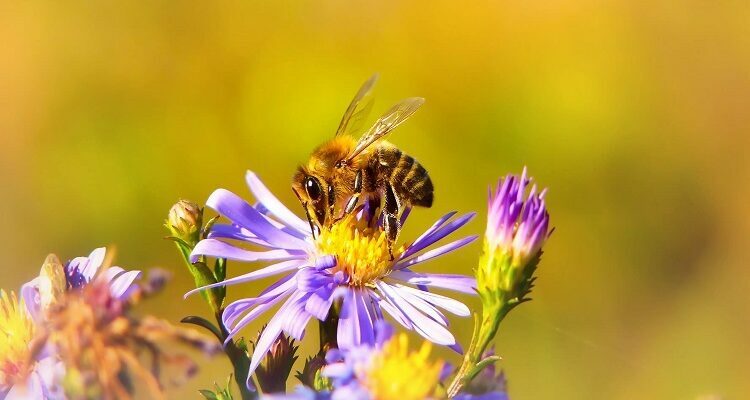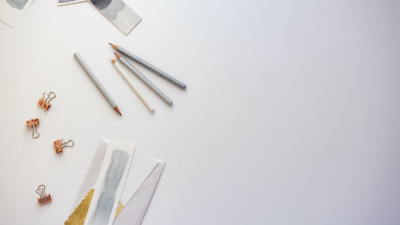The majority of adults are aware of the bee population loss and have learned about the value of pollinators by reading or watching news broadcasts. Even though we don’t want to scare our kids, it’s crucial to teach them about pollinators. If you want to put together some pollination lessons for kids, you might be unsure of where to start. For some suggestions on practical pollinator education, keep reading.
Table of Contents
Explain the Pollination
Using the most simple words, try to explain to them what pollination exactly is. Pollination is the simplest method by which plants obtain fertilization and genetic diversity. Pollination occurs when pollen grains from one flower’s male component go to another flower’s female component. Following pollination, the fertilized flowers generate seeds that allow the companion plant to grow and/or produce fruit. You’ll see that we didn’t mention bees in particular. There are numerous ways for pollination to take place, some of which do not require the help of another living organism. One example is pollination carried by the wind. Yet, living pollinators like bees are extremely important and play a significant role in pollination all over the world.
What Attracts Bees to Flowers
Bees help flowers pollinate, so flowers have developed to attract them. You can try to find some of the pollination videos for kids, so they can see how bees are drawn to flowers based on their appearance, scent, and color. Open and accessible flowers are more appealing to bees. Bees can easily access the nectar and pollen inside the flower since it has a single row of petals and a large open “mouth.” Sweet fragrances also draw the attention of bees. This denotes a high nectar content, which suggests resources for producing honey. While other insects will be drawn to flowers that smell rotten or sour, honeybees are less inclined to visit. Bees also find brightly colored flowers, such as salvia and clover, to be highly alluring. Bees seem to be drawn to blue, purple, and yellow flowers the most frequently, maybe because they also have sweet-smelling blooms.
Talk About Plants
We must select plants that are best suited to our pollinators’ requirements if we want to protect them. This entails planting native gardens with vegetation that is ideally suited to the environment in our area. The ideal environment for pollinators can be created in a small area. Bees and butterflies can be drawn in droves to even a small number of flower pots. Locate some plants that you and your child can grow at home to promote the expansion of pollinator species.
Talk About Bees
Bees are among the most significant pollinators on earth and an essential component of our ecology. Of course, as bees continue to lose their habitat and become less numerous, they have also become a hot topic in the media. Take the time to observe the bees pollinating the plants and flowers while you are in the garden. Ask your kids why they think bees are struggling, and then get them to think of a way they can assist.
Talk About Butterflies
Butterflies are a reliable indicator of whether or not our local ecology is thriving. Sadly, many moth and butterfly species have disappeared from the planet over the past century. This is a bad omen since regions where butterflies are abundant are also abundant in other invertebrates. There are several advantages to having a bug-rich environment, including pollination and organic pest management! As you visit the garden, count how many different kinds of butterflies you can find there.
Think About What Is Threatening Pollinators
Give the kids an explanation of some of the dangers to pollinators. Ask them to come up with any more factors, and make sure to bring up habitat destruction. You can then begin preparing a native wildflower pollinator garden that the children can create in close proximity to their own home, or you could simply try growing some flowers in a container, which is great, especially for younger kids.
Putting Together a Pollinator Garden
A beneficial activity is creating a pollinator garden with children. Children find it entertaining and informative, you contribute to their education, and pollinators benefit from it as well. Talking to children about the value of pollinators is a crucial step in creating a pollinator garden with them. Request that they create a list of the foods that depend on pollination and explain why. Speak to children about the characteristics of pollinators. Teach them that there are four main categories of insect pollinators: bees, wasps, butterflies, and moths.
Choose Plants for Garden
How do you choose plants with kids for a pollinator garden? Create pollination lessons that cover each distinct group of pollinators and include a list of the plant varieties that each pollinator prefers and requires. Have the children include at least one plant for each pollinator group in the garden after determining which of these grow well in your region.
Ask Them Questions
Ask the kids their opinions on the importance of pollinators after they’ve seen all the flowers. Why do pollinators matter? What would occur if all the pollinators suddenly vanished? Assist youth in realizing the importance of pollinators in the production of food. The fruits and vegetables we enjoy eating are produced by pollinating flowers.
Tell Them What Happens If the Bees Are Gone
So what do we do if there are no more bees? The blooms will be pollinated in what way? People serve as pollinators in greenhouses where bees don’t have access to the plants in order for our fruits, veggies, and flowers to bloom. Each plant is individually pollinated using brushes and other equipment. This is time-consuming!
Every species on the earth benefits from pollination, which affects the entire food chain. Every living thing on earth receives nourishment from the balanced and expertly organized pollination process that has been developed as a result of the co-evolution of plants and bees. We sincerely hope that this blog has inspired you to teach your children about this critical subject so that they can pass on their knowledge to future generations.













Comments